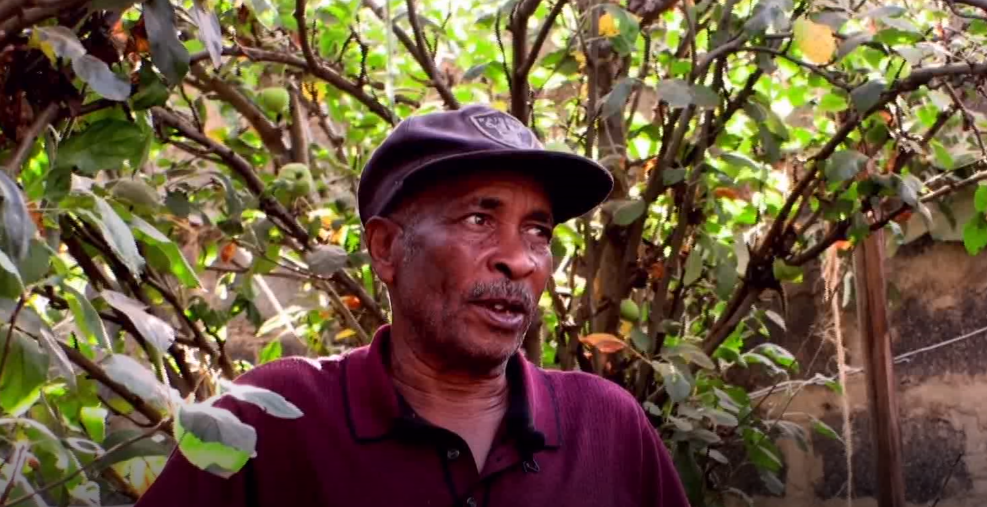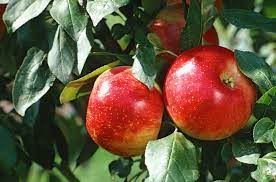Due to the rising demand for the priceless fruit, apple growing is becoming more and more common in Kenya, especially the Trans Nzoia region. Its excellent nutritional value and advantageous health effects gives it a high demand.
Nonetheless, the apple growth generates significant profits in Kenya. The majority of the apple fruits in Kenyan markets are from South Africa, although local manufacturing is gaining ground.

Apples are cultivated throughout Kenya’s highlands such as Transzoia, Uasin Gishu, Nandi, Kiambu, Nyeri, and Kericho, among other regions.
Kenya imports more than 10000 tones of apples every year. It is loved by many for its benefits. It is very easy to plant by seedlings.
It defers by sizes too and colour.

Planting apple tree and taking care of them
During the flowering and fruit-bearing stages, apples need a lot of moisture. Consequently, you will need to irrigate your trees if you plan to grow apples in Kenya’s drier regions. However, keep in mind that too much moisture at the root zone will promote the spread of disease and reduce crop yield. Apples respond best to drip irrigation, which is the optimum irrigation technique. The best irrigation method for apples is drip irrigation since it is accurate and reduces overwatering.
What to put into consideration
Always keep enough water on hand in the wet season to utilise in the dry season. This can be accomplished by constructing dam liners and digging reservoirs. At least 86% of an apple fruit is water. Your fruit harvest will remain crisp and have a lengthy shelf life if there is enough water present. More water is needed for young trees than for older ones. A tree needs 5 litres of water on average each day to grow healthy roots, leaves, branches, and fruit.
Apple irrigation needs are influenced by the soil type, depth of the root system, and evapotranspiration rate. Apple trees have roots that are actively growing that are 90 cm deep.
As apple tree grows, it needs to be covered to avoid being spoilt by the birds. The net will cost you about 22 000 shillings. On the other hand, the best and most cost-effective strategy to manage pests and diseases and guarantee a good producing crop is to take preventative measures. The actions include trimming, prompt weed management, appropriate fertiliser use, and appropriate variety selection.

